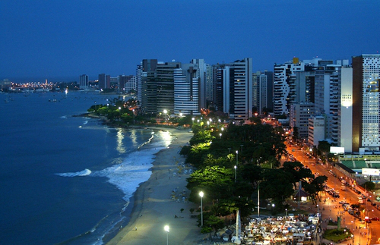The Earth's terrestrial crust is formed by large rocky plates, called tectonic plates, which float on the magma located in the planet's mantle. The tectonic plates are “dancing” a waltz in the earth's lithosphere, in a back and forth movement.
However, we human beings cannot perceive these movements as they are so slow.
Scientists have divided planet Earth into seven large tectonic plates and countless small plates.

When moving, the plates can collide, which corresponds to the movement known as convergent; they can move away from each other, known as divergent movement; and they can also slide into each other, known as conservative (or transforming) movement.

These movements can cause the formation of mountains (convergent movement) or even dorsal (divergent movement).
The convergence movement of the plates can generate tension, friction between the plates, causing an earthquake or even a tsunami.
In Japan there are many earthquakes. This is because the country is located at the meeting of two tectonic plates.
By Regis Rodrigues
Graduated in Geography



